How to run away, join the circus and get a job
The circus-arts sector is hiring even in this economy
March 25, 2011
By Kim Hjelmgaard, MarketWatch.com
LONDON (MarketWatch) — It used to be enough when all else failed to simply run away and join the circus. And in today’s mediocre hiring environment, it turns out the circus may still be a reliable source of job openings.
“There’s lots of employment opportunities in this field. It’s an unusual field, admittedly, but we offer a very unusual training,” said Marc Lalonde, the executive director of the National Circus School in Montreal, one of North America’s top finishing schools for the so-called circus-arts disciplines.
Lalonde said the National Circus School has an extremely high success rate in finding work for its graduates because there are more jobs available than the industry can find suitable applicants for. “In some years,” he said, “nearly 100% of our students find work within the first few months of graduating.”
Still, the life of a circus artist isn’t always easy. Pay will vary widely by discipline, and it can be a short-lived career.
“It’s very difficult to say how long a circus artist’s career will last, or even what they get paid, because it varies from discipline to discipline and artist to artist,“ said Lalonde. “If you’re a juggler you can have a very long career, but you won’t get paid as much as an acrobat where it’s much more difficult on the body and chances are after the age of 40 you will probably retire or find another speciality. A clown, on the other hand, can have a very long career. And if you work in the cabaret in Germany, for example, where it is very popular, you might perform night after night and earn quite a lot.”
Lalonde, a former dancer, presides over an institution that offers intensive training in such specialized disciplines as Cloud Swing, Antipodism, Korean Board and the Rola Bola. And the National Circus School, according to Lalonde, is one of a handful of training centers globally that is heavily geared toward producing professionals for what he called an emerging or “underdeveloped field.”
In a further sign of the sector’s untapped status, Lalonde said that he has not noticed any decrease in the number of available jobs for his graduates as a result of the recent recession. “There are very few schools … training circus artists in the Western world right now,” he said. “And there simply aren’t enough performers to meet the demand at the moment. It’s as simple as that.”
Statistics hard to pin down With the U.S. jobless rate hovering around 9% is it worth becoming a fine study in Chinese Hoops Diving? One complication is that there are few, if any, repositories of information that track the size of the industry, or that are capable of describing it in terms that accurately reflect its various career prospects
“There’s lots of employment opportunities in this field. It’s an unusual field, admittedly, but we offer a very unusual training,” said Marc Lalonde, the executive director of the National Circus School in Montreal, one of North America’s top finishing schools for the so-called circus-arts disciplines.
Lalonde said the National Circus School has an extremely high success rate in finding work for its graduates because there are more jobs available than the industry can find suitable applicants for. “In some years,” he said, “nearly 100% of our students find work within the first few months of graduating.”
Still, the life of a circus artist isn’t always easy. Pay will vary widely by discipline, and it can be a short-lived career.
“It’s very difficult to say how long a circus artist’s career will last, or even what they get paid, because it varies from discipline to discipline and artist to artist,“ said Lalonde. “If you’re a juggler you can have a very long career, but you won’t get paid as much as an acrobat where it’s much more difficult on the body and chances are after the age of 40 you will probably retire or find another speciality. A clown, on the other hand, can have a very long career. And if you work in the cabaret in Germany, for example, where it is very popular, you might perform night after night and earn quite a lot.”
Lalonde, a former dancer, presides over an institution that offers intensive training in such specialized disciplines as Cloud Swing, Antipodism, Korean Board and the Rola Bola. And the National Circus School, according to Lalonde, is one of a handful of training centers globally that is heavily geared toward producing professionals for what he called an emerging or “underdeveloped field.”
In a further sign of the sector’s untapped status, Lalonde said that he has not noticed any decrease in the number of available jobs for his graduates as a result of the recent recession. “There are very few schools … training circus artists in the Western world right now,” he said. “And there simply aren’t enough performers to meet the demand at the moment. It’s as simple as that.”
Statistics hard to pin down With the U.S. jobless rate hovering around 9% is it worth becoming a fine study in Chinese Hoops Diving? One complication is that there are few, if any, repositories of information that track the size of the industry, or that are capable of describing it in terms that accurately reflect its various career prospects











































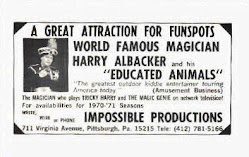






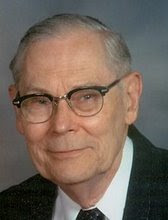
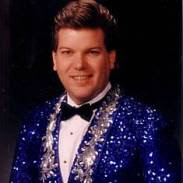




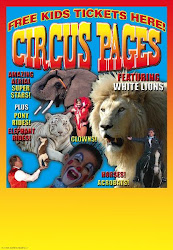

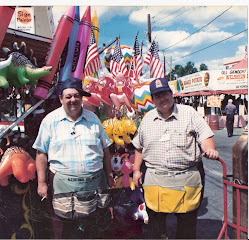
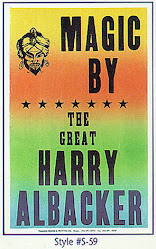

























No comments:
Post a Comment